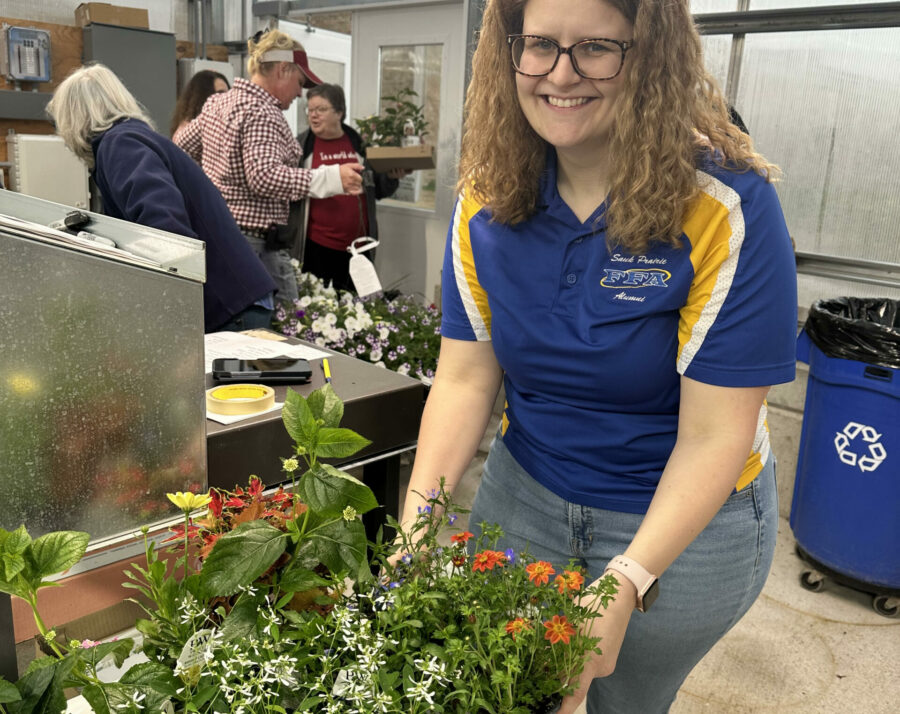
Across Wisconsin, school is just about out for the summer! But the work in agriculture education doesn’t stop when class is no longer in session. The state Department of Public Instruction is rolling out new tools to help teachers guide students to careers in agriculture.
DPI launched a Regional Career Pathway for Agriculture guide earlier this spring. It’s essentially a map that guides teachers and students on the steps, courses, or organization involvement need to pursue a specific career in agriculture.
“We’re one of the newer career pathways, and yet one of the oldest industries, and so it’s really cool to see people starting to recognize the importance that agriculture plays in the workforce,” says Sally Ladsten, the Agriculture, Food and Natural Resources Education Consultant and State FFA Advisor with DPI.
No agriculture classroom is the same. Agricultural science teachers and their students each have unique skill sets, and the industry needs around them varies by region. The DPI keeps this in mind as they undergo a standards revision process. Education standards are the baseline of what students should be learning in the classroom. Ladsten says updating these standards should be beneficial for agriculture instructors.
“It gives teachers a chance to really identify what are the key competencies that students should leave the classroom with, and teachers can pick those based on the program that they have, the community needs that they have, and really what the agriculture needs in their area look like,” she says.
Ladsten says one of the trends she’s seeing across the state is school farms — bringing production agriculture to the classroom.
“As we start to see students more and more disconnected from a production ag background, we know that it’s important to continue to provide them with the resources that they need to learn about agriculture and see what truly is happening in an agricultural production setting,” she says.
The biggest challenge that agriculture education faces is the shortage of teachers, Ladsten explains. She says it’s caused by a blend of retirements and new programs adding positions that are increasing the demand for teachers.
“I’ve got a lot of schools calling and asking about starting a program, but unfortunately, if they don’t have the teacher to fill that role, that program can’t begin,” she says. “This year alone, we’re already sitting at 40 vacancies.”

Leave a Reply